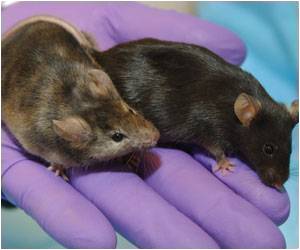Brazilian study shows that dreams reflect the fear and anxiety fueled by the pandemic.

A recent study, led by Natália Bezerra Mota, a neuroscientist in Brazil, used mathematics to analyze dream reports' meaning during the COVID-19 pandemic.
The study hypothesized that dreams reflect the challenges of awake life experiences during the pandemic. The prevalence of negative emotions during the period reflects a higher emotional load to be processed. The findings were consistent with the hypothesis.
The findings are supported by other studies from the United States, Germany, and Finland.
Mota states, "It's the first study on the subject to look empirically at these signs of mental suffering and their association with the peculiarities of dreams during the pandemic."
Ribeiro says that the researchers documented the continuity between what happens in the dream world and people's mental lives, especially psychological distress, quantitatively (using mathematics to extract semantics).
The research team used a natural language processing tool to analyze 239 dream reports by 67 subjects from March and April 2020. The researchers developed the tool to analyze language for diagnosing mental illnesses and adapting similar tools to perform cognitive assessments.
The volunteers' dream accounts were analyzed using three software tools - the first focusing on discourse structure, word count, and connectedness and the second on content.
One tool matched the words from certain emotional categories to a list associated with positive and negative emotions. The other tool used a neural network to detect semantic similarity to specified keywords, for instance, contamination, sickness, health, cleanliness, life, and death.
The researchers explain that the significant similarity to 'cleanness' in dream reports points towards new social strategies and new hygiene practices central to new social rules and behavior. When taken together, findings show that dream content reflects the current situation's fear and frustration.
Results also showed that more suffering was expressed in female volunteers' dream reports, but this was detected indirectly. Studies show that women report more negative dreams and nightmares.
Mota believes that the gender difference has to do with women's history and daily lives and working a double or triple shift. The heavier mental burden entailed by concerning themselves with a job plus the home and children. The pandemic has made this worse.
According to Mota, other multicentric studies with the analysis of data collected during a more extended period are being conducted to see how dreams are affected by the deaths of family members, loved ones, friends, and co-workers to implement mental health strategies based on this knowledge. Source-Medindia









